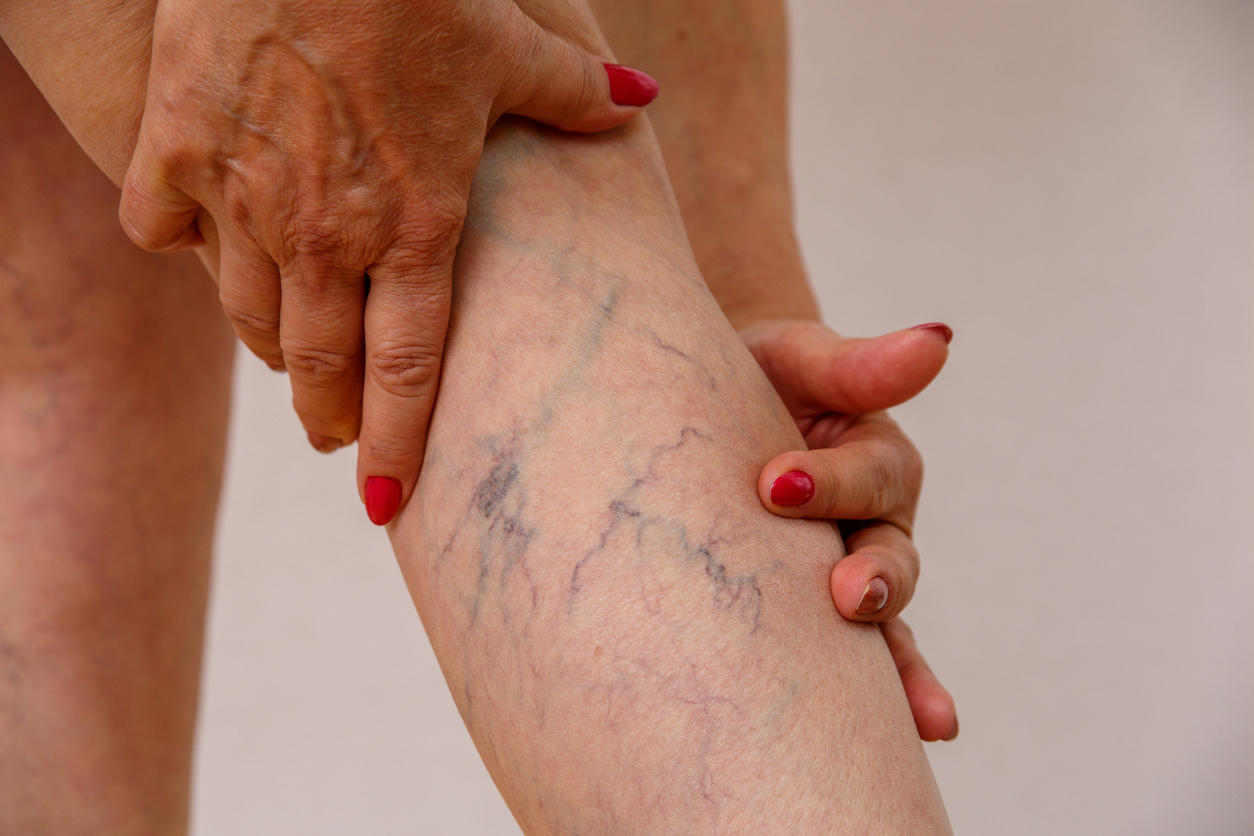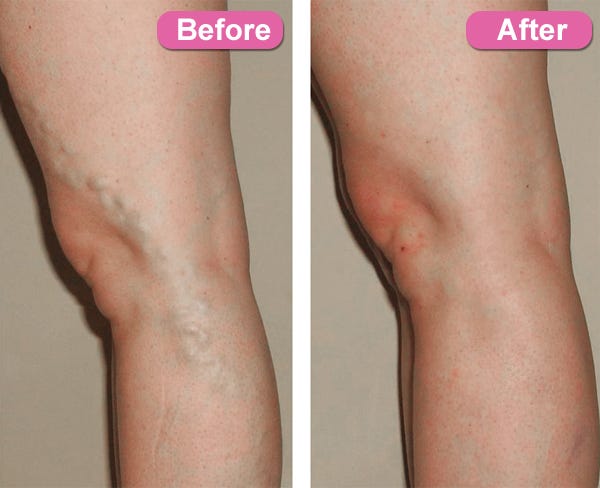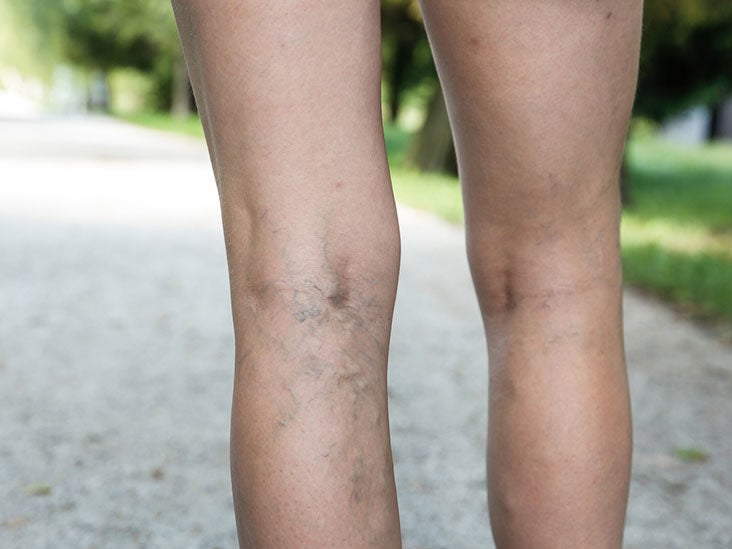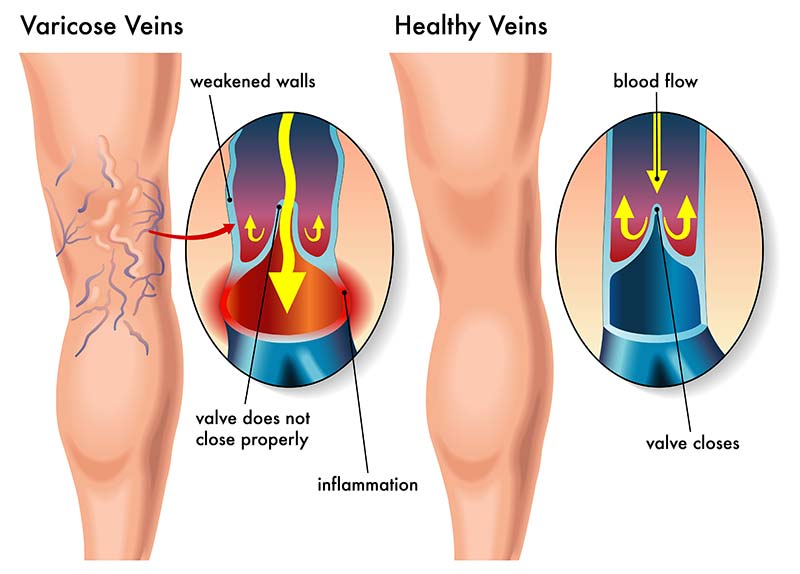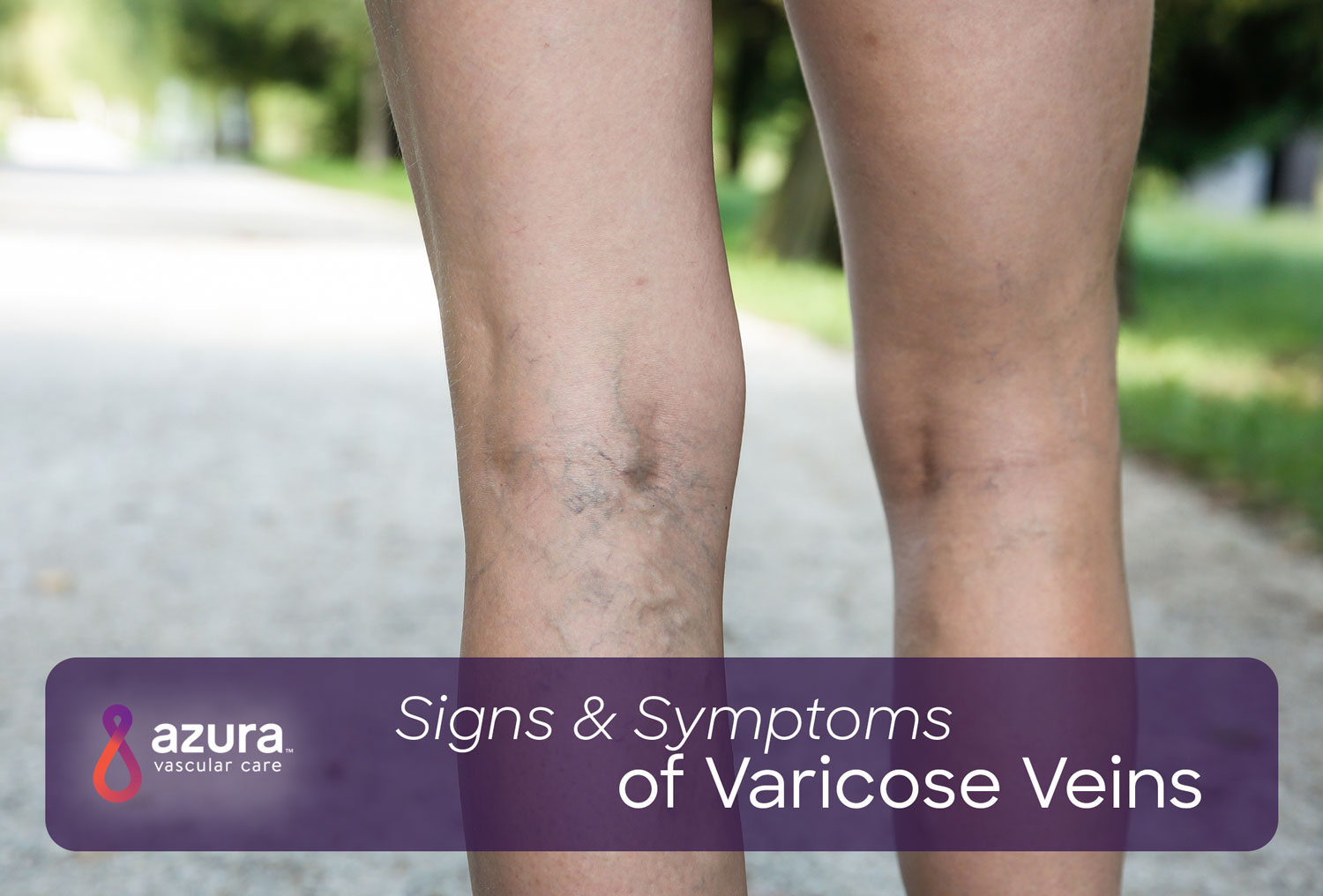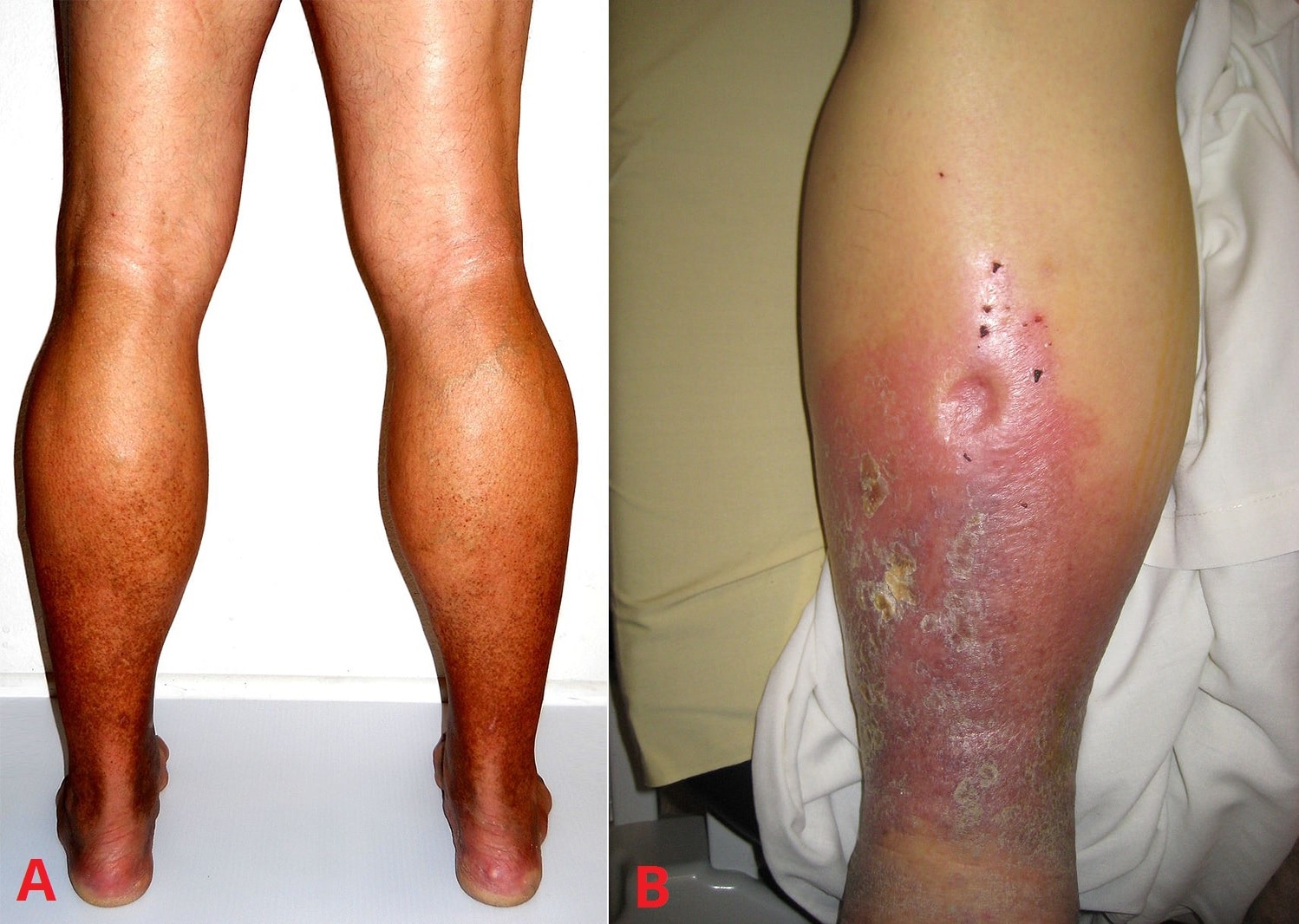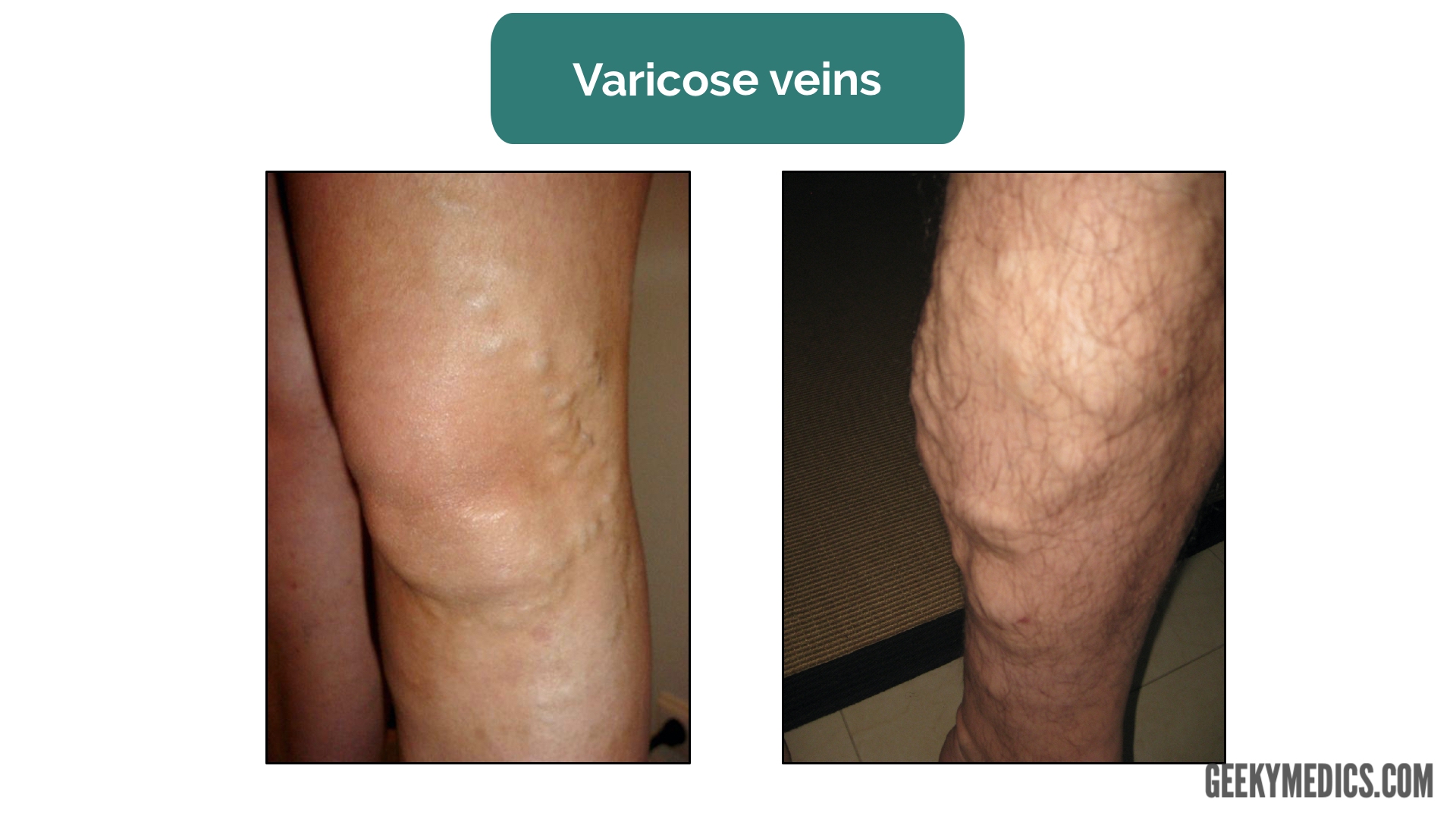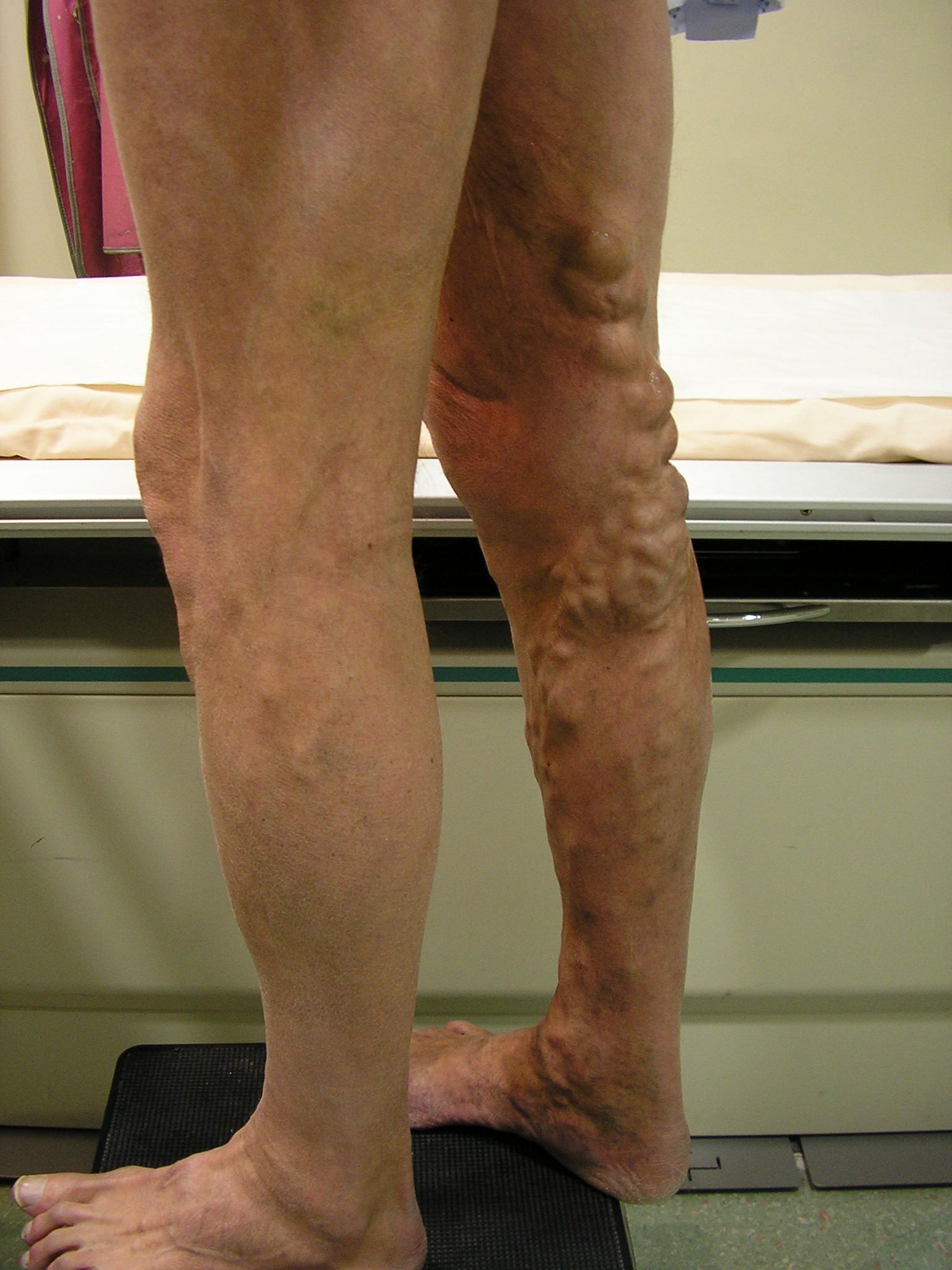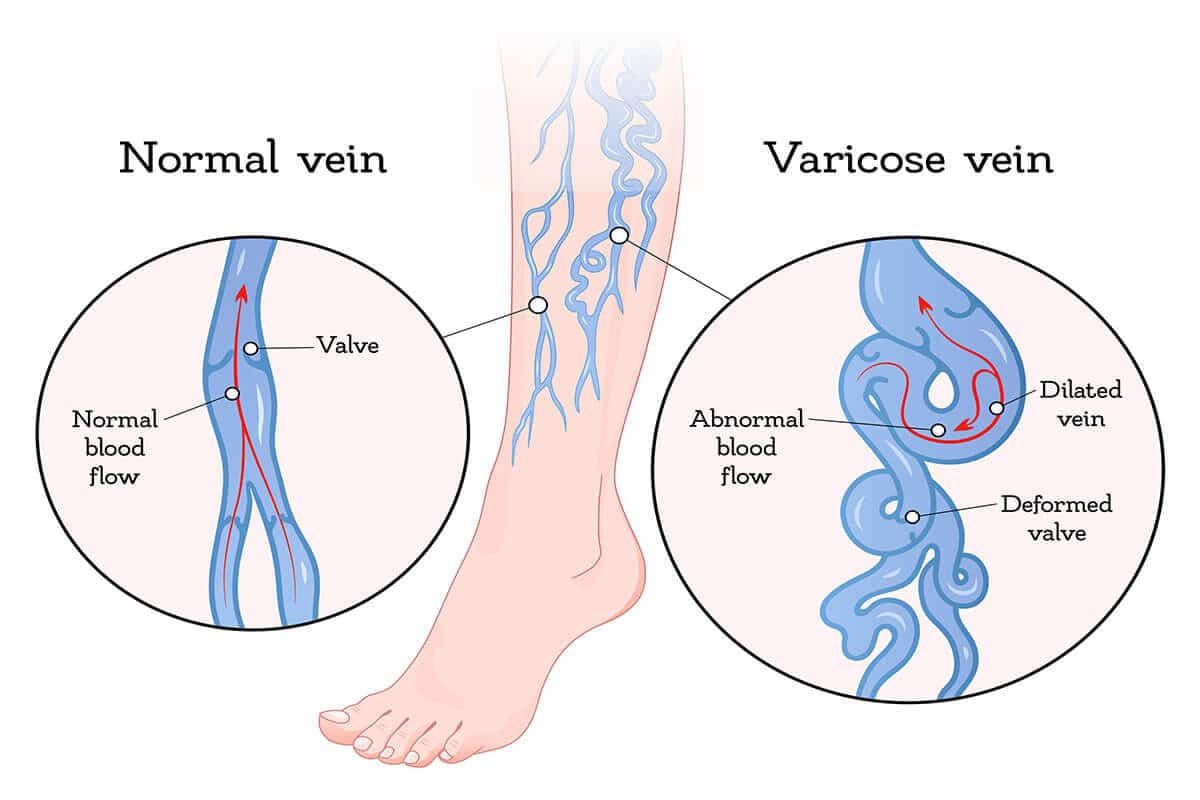Glory Tips About How To Detect Varicose Veins
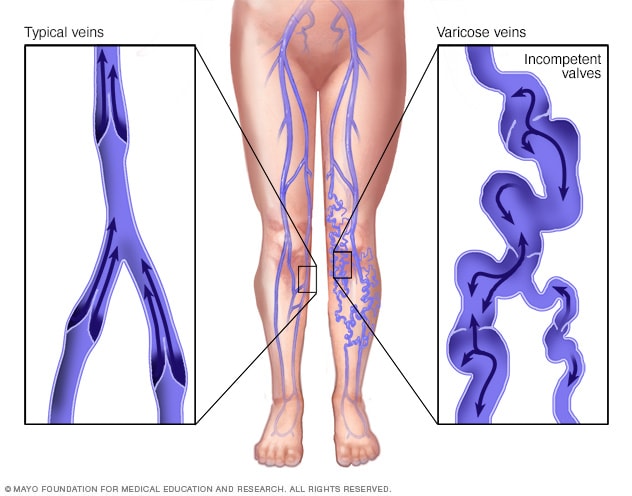
Try to elevate your legs at least three times a day, for 15 minutes at a time.
How to detect varicose veins. Varicose veins are close to the surface of your skin and easy to see. They likely also appear dark blue or purple, although they. Your primary care doctor might recommend that you see a doctor who specializes in vein conditions (phlebologist), a vascular surgeon or a doctor who treats ski… see more
Ultrasonography is indicated not only to confirm the presence of varicose veins but also to identify any retrograde flow, accurately determine vein diameter, and reveal any. It could be a sign of varicose veins, as the lack of. Other symptoms of varicose veins include:
Primary symptoms are pain, swelling, heaviness, and discoloration. Varicose veins can be noticeable because of their dark blue or purple appearance, they also often bulge out from underneath the skin. An ultrasound study produces a comprehensive map of the large and small veins, branching veins, and.
Seeing a varicose vein on the outside is a sign that clots may be forming deeper on the inside. Symptoms of varicose veins usually visible to the naked eye. Both abdominal ct scans and doppler ultrasounds of the splenic and portal veins can suggest the presence of esophageal varices.
Ultrasound is one of the gold standard methods for evaluating varicose veins. These are large, swollen veins which are visible under the skin and resemble. How to detect varicose veins.
Healthcare providers can diagnose the condition during a physical examination. A vein ultrasound procedure can examine both superficial and deep veins. The most common symptoms that.
